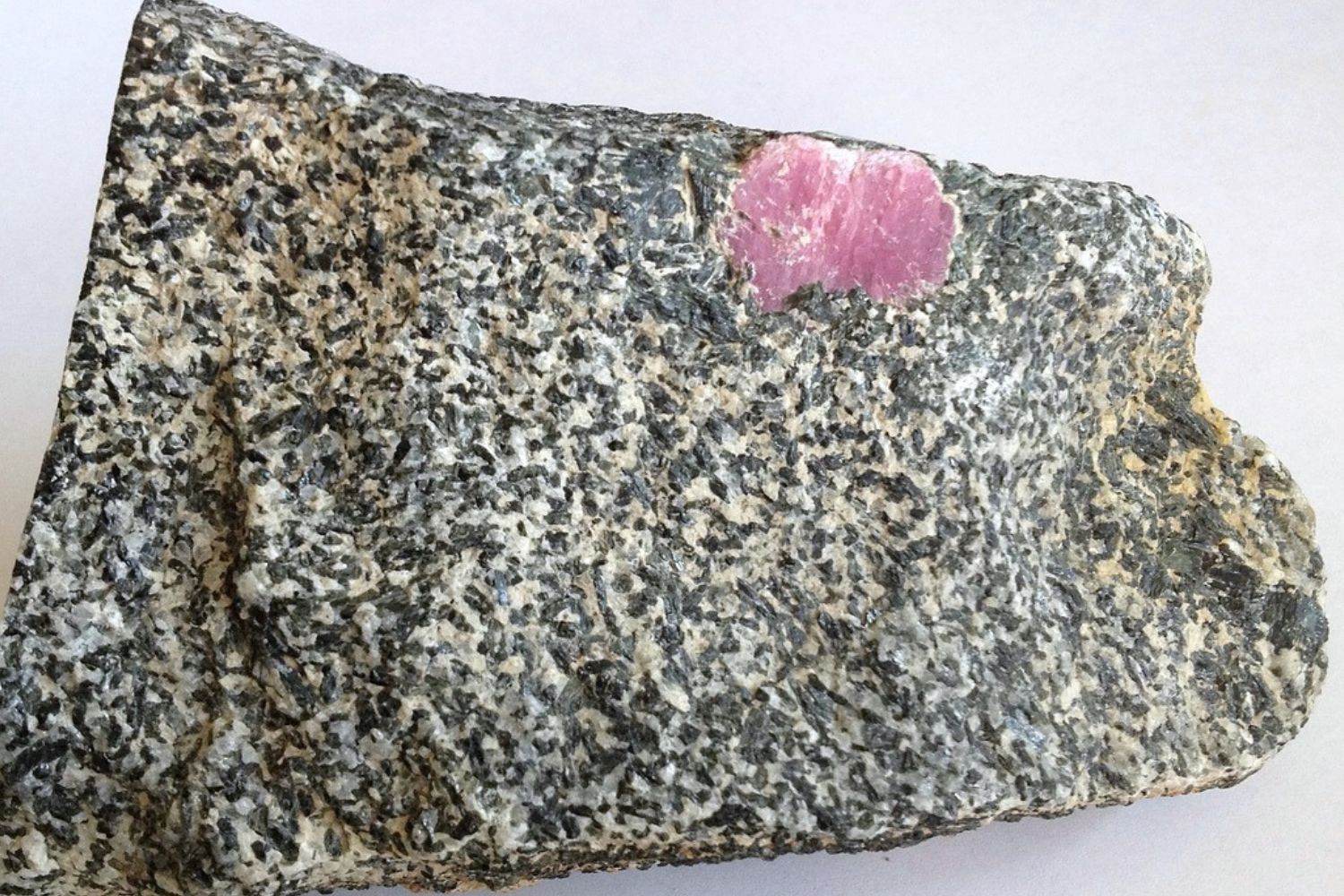
Tschermakite is a fascinating mineral that often goes unnoticed. Ever wondered what makes this mineral special? Tschermakite belongs to the amphibole group and is known for its striking green to black color. Found in metamorphic rocks, it plays a crucial role in geology. But there's more to it than just its appearance. This mineral contains elements like aluminum, silicon, and magnesium, making it unique. Tschermakite is also used in various scientific studies to understand Earth's history. Ready to dive into 25 intriguing facts about this mineral? Let's get started!
Key Takeaways:
- Tschermakite, named after a mineralogist, is a unique mineral found in rocks. It helps scientists understand Earth's history and processes, and its cool properties make it a hit with rock collectors!
- Tschermakite's formation in rocks gives clues about the Earth's deep processes. Its study helps scientists understand the Earth's crust and improve our knowledge of plate tectonics.
What is Tschermakite?
Tschermakite is a fascinating mineral belonging to the amphibole group. Known for its unique properties and composition, it has intrigued geologists and mineral enthusiasts alike. Let's dive into some interesting facts about this mineral.
-
Tschermakite is named after the Austrian mineralogist, Gustav Tschermak, who made significant contributions to mineralogy.
-
This mineral is part of the amphibole supergroup, which includes other well-known minerals like hornblende and actinolite.
-
Tschermakite typically forms in metamorphic rocks, especially those that have undergone high-pressure conditions.
-
Its chemical formula is Ca2(Mg,Fe)3Al2Si6O22(OH)2, indicating the presence of calcium, magnesium, iron, aluminum, silicon, oxygen, and hydrogen.
Physical Properties of Tschermakite
Understanding the physical properties of Tschermakite can help identify it in the field. Here are some key characteristics.
-
Tschermakite has a monoclinic crystal system, meaning its crystals form in a specific geometric pattern.
-
The mineral typically appears dark green to black in color, making it visually distinctive.
-
It has a Mohs hardness of 5-6, which means it is relatively hard but can still be scratched by harder substances.
-
Tschermakite has a vitreous to dull luster, giving it a shiny or slightly matte appearance.
-
The mineral exhibits two directions of perfect cleavage, which means it can split along specific planes.
Occurrence and Formation
Tschermakite's formation and occurrence are influenced by geological processes. Here are some insights into where and how it forms.
-
Tschermakite is commonly found in metamorphic rocks such as schists and gneisses.
-
It forms under high-pressure conditions, often in subduction zones where tectonic plates collide.
-
The mineral can also be found in igneous rocks, particularly those that have undergone metamorphism.
-
Tschermakite is often associated with other minerals like garnet, quartz, and feldspar.
Uses and Applications
While Tschermakite may not be as well-known as some other minerals, it has its own set of uses and applications.
-
Tschermakite is primarily of interest to geologists and mineralogists for research and educational purposes.
-
It can be used as an indicator mineral to understand the metamorphic history of rocks.
-
Collectors value Tschermakite specimens for their unique appearance and rarity.
Interesting Tidbits
Here are some additional intriguing facts about Tschermakite that you might find fascinating.
-
Tschermakite can sometimes be confused with hornblende due to their similar appearance.
-
The mineral's name is sometimes spelled as "Tschermakite" or "Tschermakit," though the former is more commonly accepted.
-
Tschermakite's formation can provide clues about the temperature and pressure conditions during metamorphism.
-
The presence of Tschermakite in a rock can indicate a specific type of metamorphic environment, known as a "blueschist facies."
Tschermakite in Research
Tschermakite continues to be a subject of scientific research. Here are some ways it contributes to our understanding of geology.
-
Researchers study Tschermakite to learn more about the processes that occur deep within the Earth's crust.
-
The mineral's composition can reveal information about the chemical environment during its formation.
-
Tschermakite is used in petrology, the study of rocks, to classify and understand metamorphic rocks.
-
Advances in analytical techniques have allowed scientists to study Tschermakite at the microscopic level, revealing new details about its structure.
-
Ongoing research on Tschermakite helps improve our understanding of plate tectonics and the geological history of our planet.
Final Thoughts on Tschermakite
Tschermakite, a fascinating mineral, holds a unique place in geology. Known for its striking green color and complex chemical composition, it’s a gem for mineral enthusiasts. This mineral, part of the amphibole group, often forms in metamorphic rocks, making it a key player in understanding geological processes. Its presence can indicate specific conditions during rock formation, providing clues about Earth’s history.
Collectors value tschermakite for its beauty and rarity. It’s not just a pretty face; its structure and properties offer insights into mineralogy and petrology. Whether you’re a seasoned geologist or a curious beginner, tschermakite has something to offer. Keep an eye out for this intriguing mineral on your next rock-hunting adventure. You might just uncover a piece of Earth’s ancient past. Happy hunting!
Frequently Asked Questions
Was this page helpful?
Our commitment to delivering trustworthy and engaging content is at the heart of what we do. Each fact on our site is contributed by real users like you, bringing a wealth of diverse insights and information. To ensure the highest standards of accuracy and reliability, our dedicated editors meticulously review each submission. This process guarantees that the facts we share are not only fascinating but also credible. Trust in our commitment to quality and authenticity as you explore and learn with us.
